Arguably, the most controversial picaninny image is the one created by Helen Bannerman. Born Brodie Cowie Watson, the daughter of a Scottish minister, she married Will Bannerman, a surgeon in the British Army of India. She spent thirty years of her life in India. She regularly wrote illustrated letters with fantasy storylines to entertain their children. In 1898 there “came into her head, evolved by the moving of a train,” the entertaining story of a little black boy, beautifully clothed, who outwits a succession of tigers, and not only saves his own life but gets a stack of tiger-striped pancakes (Bader, 1996, p. 536). The story eventually became Little Black Sambo. The book appeared in England in 1899 and was an immediate success. The next year it was published in the United States by Frederick A. Stokes, a mainstream publisher. It was even more successful than it had been in England. The book’s success led to many imitators — and controversies. Barbara Bader (1996), a book critic, summarized the events.
Little Black Sambo served as the boiler plate for a spate of other versions, many of which used mean-spirited racist drawings and dialogue. The vulgar reprint versions were symbolic of black-white relations. Little Black Sambo’s popularity coincided with the crystallization of Jim Crow laws and etiquette. Blacks were denied basic human and civil rights, discriminated against in the labor market, barred from many public schools and libraries, harassed at voting booths, subjected to physical violence, and generally treated as second class citizens. The year that Little Black Sambo came to America a white-initiated race riot occurred in New Orleans. It was effectively a pogrom — blacks were beaten, their schools and homes destroyed. Little Black Sambo did not, of course, cause riots, but it entered America during a period of strained and harsh race relations. It was, simply, another insult in the daily lives of African Americans.
The anti-Little Black Sambo movement started in the 1930s and continued into the 1970s. Black educators and civil rights leaders organized numerous campaigns to get the book banned from public libraries, especially in elementary schools. In 1932 Langston Hughes said Little Black Sambo exemplified the “pickaninny variety” of storybook, “amusing undoubtedly to the white child, but like an unkind word to one who has known too many hurts to enjoy the additional pain of being laughed at” (Von Drasek, 2009). In the 1940s and 1950s the book was dropped from many lists of “Recommended Books.” By the 1960s the book was seen as a remnant of a racist past.
Little Black Sambo was again popular by the mid-1990s. Its recent popularity is a result of many factors, including a white backlash against perceived political correctness. This is evident in internet discussions. Americans, black and white, are rereading the original book (and some of the unauthorized reprints). There is agreement that Bannerman’s book is entertaining. However, there is little agreement regarding whether it is racist. White readers tend to focus on Bannerman’s non-racist intentions and the unfairness of judging yesterday’s “classics” by today’s standards of racial equality. Blacks find the book’s title and the illustrations offensive. Most of the debate centers on Bannerman’s version; there is no debating the racism explicit in later editions of the book produced by other writers and publishers.

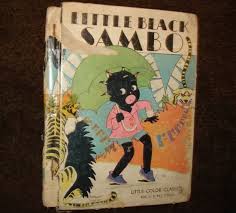



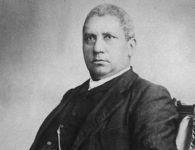

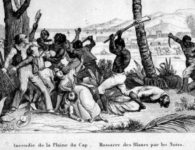

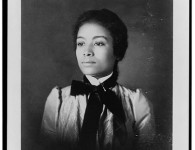


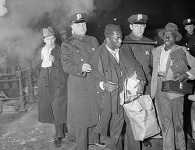

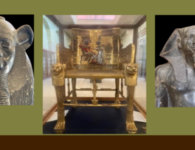

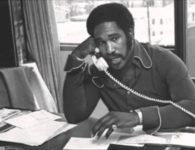
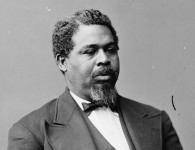
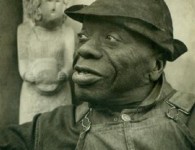
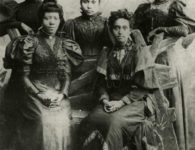

15 Comments
I think this would make a great Hollywood story. A black boy triumphs over tigers and God what you will. This sounds like the original version of the Jungle Book if you ask me.
I had heard the version about the little boy in India, not the American pickaninny version. So sad that white America re-translated it to the American negro. There are very dark people in India, some darker than Africans.
Oh, well, I guess it depends on your life experiences. If you’ve never had someone white try to talk to you based on these books, you’d never understand how offensive they are.
I read and learned of Little Black Sambo as a young child. The information that came to me with the story was that the author wrote about India. It is a story and should be treated as that There are All kinds of stories that should not necessarily given any relation to reality .
[…] post The Story Behind Little Black Sambo: The Most Controversial Picaninny Image Ever appeared first on Black […]
I’d actually like to read the whole book itself
I’m 69 and remember this book with others given to us as children. I thought the book was appealing in illustrations with vivid colors and was based on a beautiful family out witting a tiger trying to make a meal of the boy instead chasing him around and around a tree until he melted into butter for pancakes which the boy took home to share.
It’s in reality a great and useful piece of information. I am glad that you simply shared this useful information with us. Please keep us informed like this. Thank you for sharing.
Greetings! Very helpful advice in this particular post!
It’s the little changes which will make the most significant changes.
Thanks a lot for sharing!
Thank you for sharing your info. I really appreciate your
efforts and I am waiting for your next post thank you
once again.
Other names for niggers … Although there is no substitute for the word
I was wondering if you ever thought of changing the page
layout of your site? Its very well written; I love what
youve got to say. But maybe you could a little more in the way
of content so people could connect with it better.
Youve got an awful lot of text for only having 1 or two images.
Maybe you could space it out better?
Wow, fantastic blog layout! How long have you been blogging for?
you make blogging look easy. The overall look of your website is excellent, as well as the content!
Thanks for the good writeup. It in fact was a amusement account it.
Glance complicated to more added agreeable from you!
However, how could we be in contact?
hey there and thank you for your information – I have definitely picked up something new from right here.
I did however expertise a few technical points using this website, as I experienced to
reload the site lots of times previous to I could get it to load correctly.
I had been wondering if your web host is OK?
Not that I’m complaining, but slow loading
instances times will very frequently affect your placement in google and can damage your high-quality score if ads and marketing with Adwords.
Well I am adding this RSS to my email and could look
out for much more of your respective fascinating content.
Make sure you update this again soon.